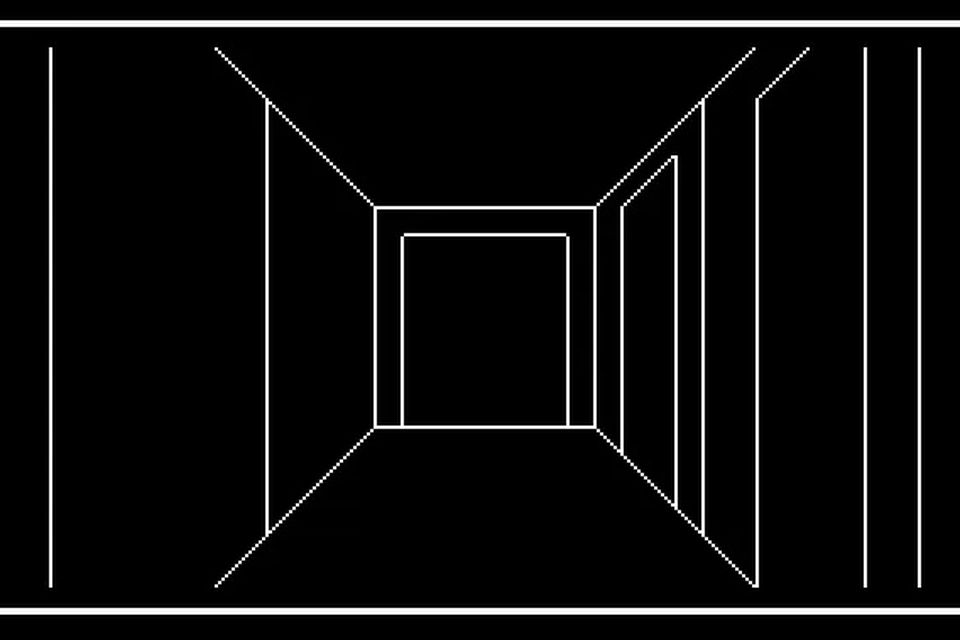Tech
Wizardry, Proving Grounds of the Mad Overlord review: Pioneering plunge in a dungeon of death

Platforms: PS (tested), Xbox, PC, Switch
Age: 7+
Rating: ★★★☆☆
Long before Elden Ring and Dark Souls made you bang your head against the desk as you died repeatedly, there was Wizardry. Four decades ago, to be approximate.
All games were brutally cruel in 1981, of course, but Wizardry expected you to fail over and over while educating you for the next round of dungeon-crawling. The game was developed for the Apple II computer and translated the concept of Dungeon & Dragons into a party-based computer adventure that later led to everything from Final Fantasy to Fallout.
With those impeccable credentials established, it’s less obvious why you might want to play this revised version of a pioneer by gaming historians Digital Eclipse. After persuasively reviving/contextualising Atari’s history and the softography of eccentric genius Jeff Minter, DE tackles another pathfinder, a game that birthed the RPG genre and spawned a series.
In a visual sense, Wizardry has been substantially modernised from its wire-frame origins that demanded much of your imagination. But underneath the gloss – a PS3-era gloss, admittedly – lies the same unsparing code base that punished your hubris with brutal payback.
A letter from the Digital Eclipse developers warns you from the off that this won’t be easy. “Don’t fall in love with your characters,” they tell you, which is an understated way of cautioning that many in your party will die before you reach the bottom of a 10-level dungeon that is your goal. They’re replaceable and with each dungeon run you gain knowledge and perhaps increased power.
Yet long before that, you will have decided whether you have the patience to endure repeated deaths – they could be from random events, an underpowered party encountering powerful enemies or just a slow, withering grind.
“Explore cautiously and don’t over-extend – death lurks around every corner,” continues the developers’ advice, almost goading you into giving up.
Quitting after yet another failure always seems tempting. Is it the repetitive mazy layouts filled with dead ends? Or maybe the drawn-out turn-based slogs against slimes, ogres and dragons in which random dice rolls hold the upper hand?
This is the modus operandi of the Dungeons & Dragons world, true, but hardly likely to charm an audience of players expecting the variety, transparency and subtlety of, say, a Final Fantasy title.
Wizardry lacks the historical extras that made the Atari and Minter exhumations so fascinating, its bare-bones presentation exposing a game very much of its time that has long been surpassed.













